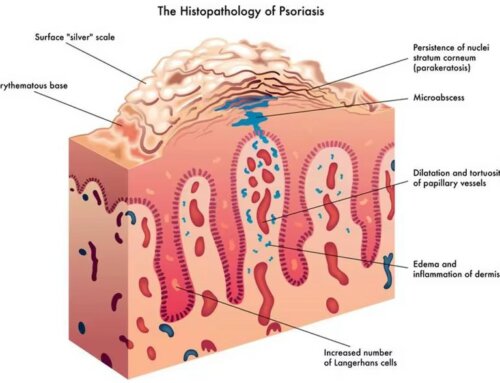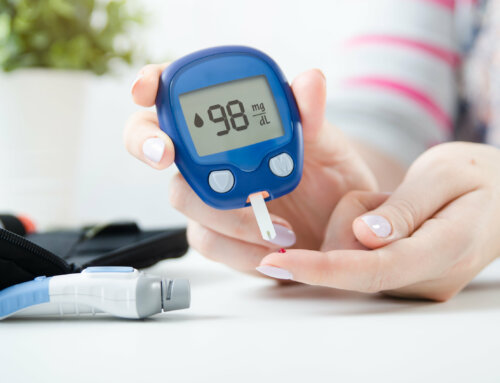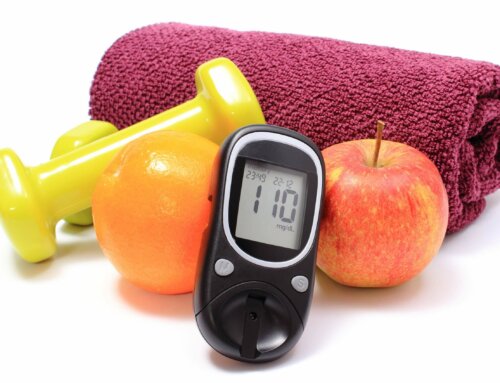Maintaining a healthy bladder can be hard when you have diabetes. Bladder problems are common as a result of the aging process. Diabetes makes these problems appear at an earlier onset and often with more severity. By keeping your blood glucose, blood pressure and cholesterol under control, and stopping smoking, you can lower your risk of these problems.
The urinary bladder is a muscular reservoir for urine that responds by contraction to nerve impulses from the brain and spinal cord as well as its own intrinsic mechanisms. Complications associated with diabetes, spinal cord injuries, spinal bifida (congenital), multiple sclerosis, stroke and other more rare neurologic disorders can result in the following bladder problems:
- Overactive bladder
- Neurogenic bladder (poor emptying or retention)
- Urinary tract infections (UTI’s)
These problems can significantly affect ones quality of life.
Overactive Bladder
This abnormality results in a small capacity bladder with frequent urges and often urinary incontinence (wetting). This occurs in both men and women with diabetes, stroke and intrinsic diseases of the bladder. Because the bladder has decreased capacity, the most effective treatments are medications that will increase capacity by relaxing the bladder muscle. If these are not effective, adult diapers may be necessary in females and external condom catheters can be used in males.
Neurogenic Bladder
This abnormality will result in a poorly emptying bladder or even urinary retention. The symptoms would be difficulty voiding and the feeling of incomplete emptying. A frequent result of this can be UTI’s or even bladder or kidney damage. The protective mechanism against UTI’s is to completely empty and therefore if the bladder empties poorly there is a higher risk of bladder distention and damage as well as reflux up to the kidneys with resultant kidney damage.
Initial treatment would include timed voiding every 3-4 hours followed by second voiding about 15 minutes later to better empty. Medications can also be used to promote emptying. If these are ineffective, patients can be taught to self catheterize the bladder several times per day with a small disposable tube inserted into the urethra to drain the bladder. This method is easily taught and is a safe and effective way to preserve a healthy bladder and kidney function.
Urinary Tract Infections
Bacteria from the digestive tract are the usual culprits in developing UTI’s. They can travel up the urethra and infect the bladder (cystitis) and in some cases travel up to the kidneys (pyelonephritis). Symptoms usually include pain on urination, frequency and urgency, cloudy urine often with an unusual odor and occasionally fevers and chills if the kidney is involved.
UTI Diagnosis is made by urinalysis (pus cells) and urine cultures. Home urinary dipsticks may show leukocytes or protein. Treatment requires antibiotics and drinking extra amounts of liquids. Diabetics will require a full 7-day course of antibiotics and maybe longer if there is kidney involvement. With poor bladder emptying, UTI’s are likely to recur and intermittent self catheterization may be necessary.
In addition to urinalysis and cultures your doctor may evaluate your bladder and kidney function with blood tests, X-rays, ultrasounds and urodynamics (nerve function tests of the bladder).
With diligent evaluation and monitoring as well as following your treatment plan there is no reason why you should not achieve healthy bladder function and live a normal life.











Leave A Comment